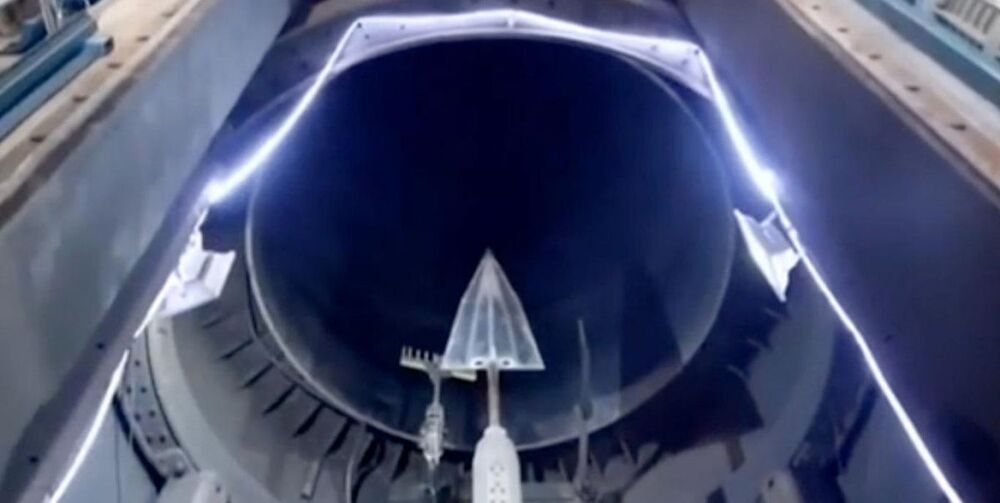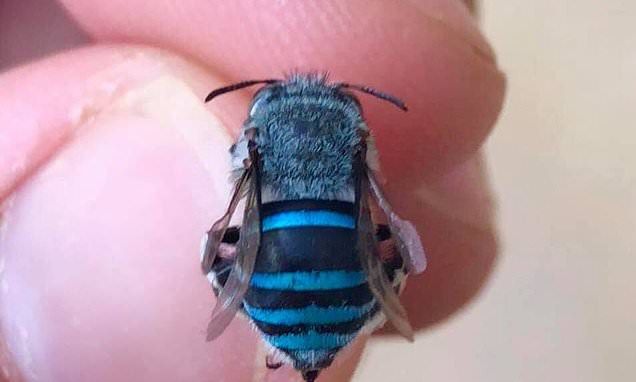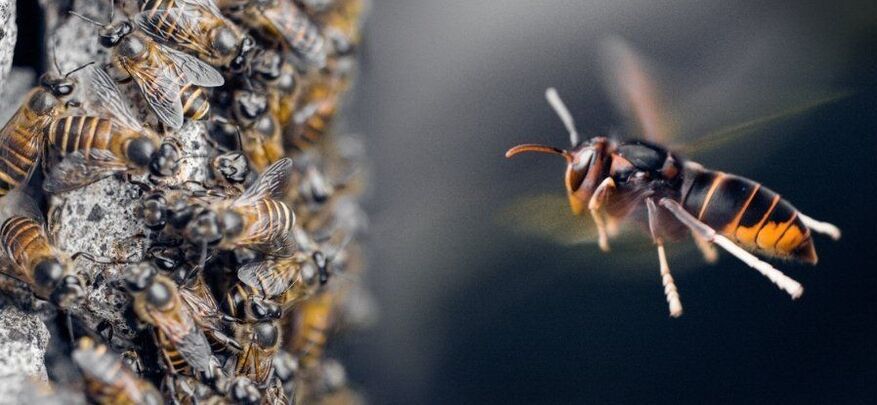This looks good for stormy weathers. 😃
This boat is literally unsinkable!


Here’s our best hope for hypersonic flight yet: the sodramjet.
A Chinese-made “sodramjet” engine has reached nine times the speed of sound in a wind tunnel test. The engine could power an aircraft to reach anywhere in the world within two hours, the makers say.
➡ You love badass tech of the future. So do we. Let’s nerd out over this stuff together.


Bitcoin has been hyped as the currency of the future. And it does have its advantages, as we discussed in the previous video. However, Bitcoin is far from perfect. Because of its finite supply, there is the real possibility of “lost Bitcoins” leading to lost fortunes. These lost fortunes may lead to the erosion of public trust in Bitcoin.
Discord Link: https://discord.gg/brYJDEr.
Patreon link: https://www.patreon.com/TheFuturistTom.
Please follow our instagram at: https://www.instagram.com/the_futurist_tom.
For business inquires, please contact [email protected].
Editor credits (Velinix):
https://www.youtube.com/channel/UCYcAMWx0Vcsy-SSzX3HVWYw?view_as=subscriber.
https://www.instagram.com/velinix/
Tweets by Panda123Jewels

Alexis Devine of Tacoma no longer has to wonder what her Sheepadoodle, Bunny, is thinking. Bunny just tells her herself. From the day she brought Bunny home in September of 2019, Devine was determined to cement their bond and immediately began working on basic obedience and connection. She started following dog trainers on Instagram, joined Facebook groups, binge-watched YouTube videos, and read books on dog behavior to learn and put the motions into practice.




Australians are in awe of a native bee covered in deep blue stripes after learning the unusual insect can be found across the country.
The blue-banded bee can be spotted in gardens in each state except for Tasmania and can be recognised by the coloured stripes around their abdomen.
While the bees have stingers they are not known to be aggressive and are attracted to native plants including tomato flowers.

The Asian honeybee (Apis cerana) isn’t just on the look-out for flowers. In some areas, it’s also on the prowl for poo.
When threatened by a species of giant hornet (Vespa soror) — closely related to the murder hornet — workers will fly off to collect fresh animal faeces to smear carefully around the entrance of their nest, according to a study on bee hives in Vietnam.
It’s still not clear how this dung actually protects the colony, but in the field, it appears to stop scouting hornets from chewing through the nest and causing mass slaughter.